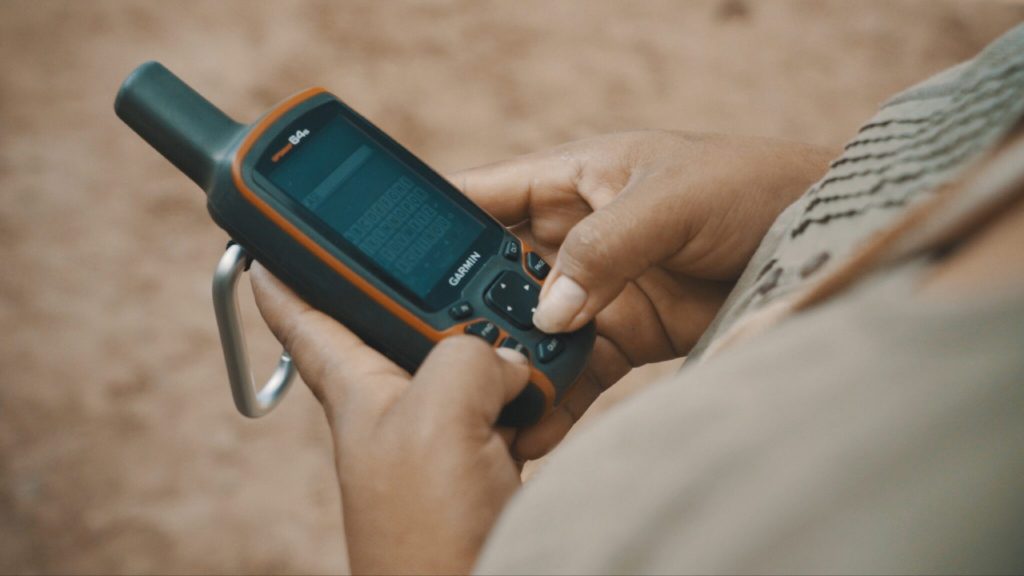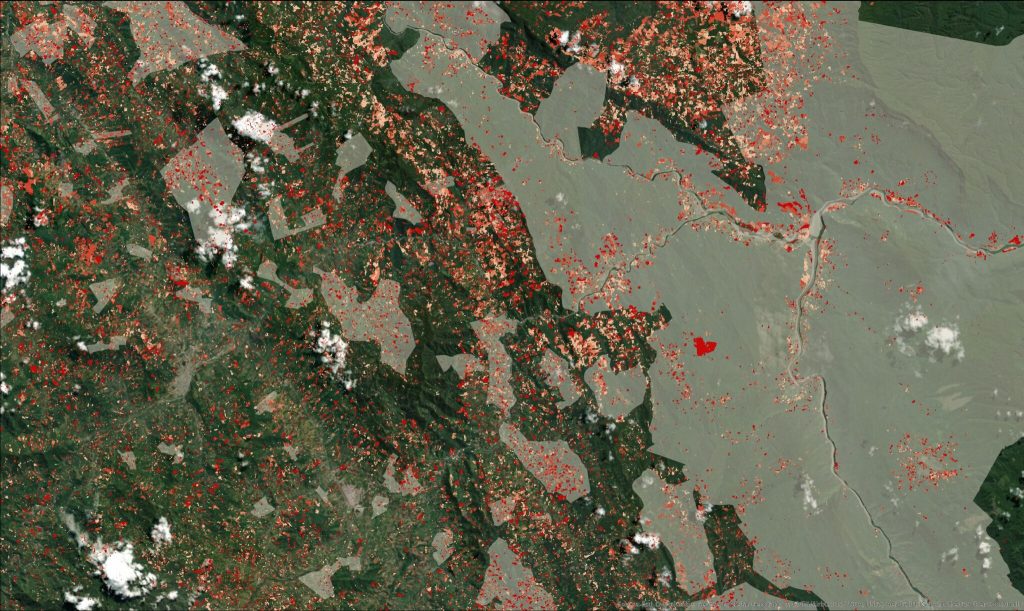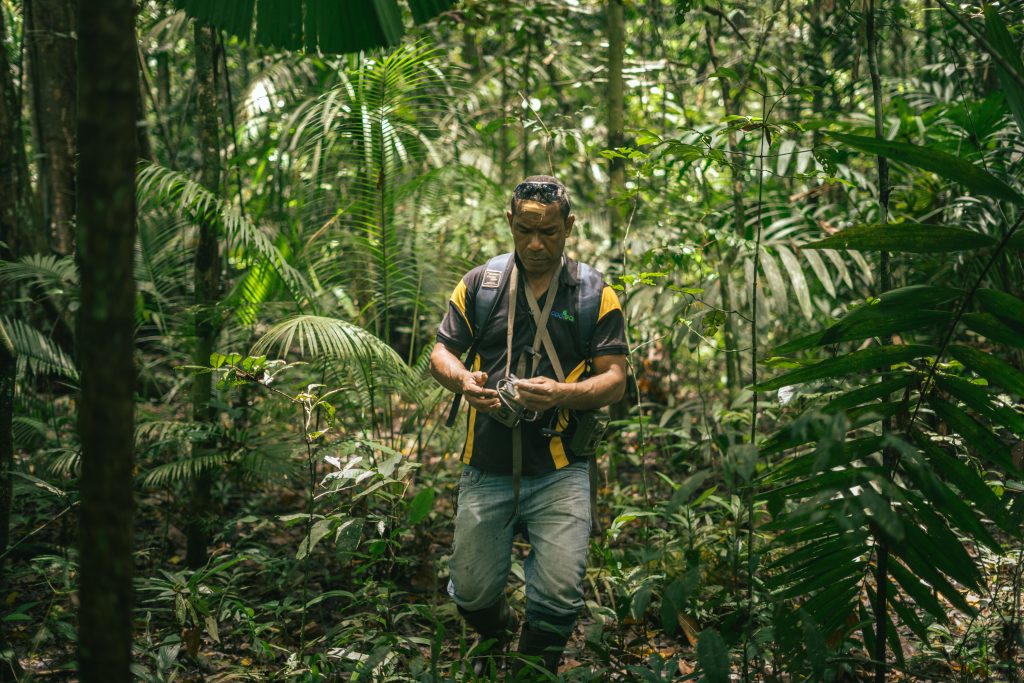
Forest monitoring: Into the trees, out of this world and back again
An interview with a Cool Earth forest data activist.
Think forest monitoring is all pack lunches, hiking boots, tape measures and saplings?
You’re half right. Swap out saplings for monolithic trees and layer a world of satellite technology, scanning and mapping on top and you’re there. Climate breakdown is the greatest thing to threaten our planet to date and to fight it we need a multi-faceted, radical approach. We need the best tech, the most accurate data and most importantly, people. We are lucky to have people like Ruthy Simbili, Jaime Peña and Nicky Roma working below rainforest canopy around the world. It’s not news to you that you help to fund this integral work with the smartest, most dedicated people around the world – what you might not know is this rainforest reconnaissance work is also carried out in the UK, by the coast, in Cornwall.


Remote satellite tracking can be carried out in the field – or in an office.
The name of this future-focused, real time rainforest analysis project? Rainforest Labs.
We spoke to Matt Proctor, head of Rainforest Labs, chief wrangler of satellites and data magician, to get the low down on this innovative drive to back people on the frontline of the climate crisis through forest monitoring.
Matt, tell our partners just how revolutionary the Rainforest Labs work is and why?
To understand why it’s revolutionary, you need to look at the history of forest monitoring and who has carried it out in the past. Since satellites have been available to the public they’ve mainly been used by academics, then NGOs, then governments. The people that actually live in rainforest have been excluded from the knowledge. No one has shown communities how to download, process and use data like academics, NGOs and governments use it: to further agendas. It’s open-source information, so there’s no real reason for this. Historically, the conversation has been one-sided and without community input.
Cool Earth shares data. This is crucial to the protection of rainforest as without on the ground interpretation, context, the academics, NGOs and governments miss opportunities, and threats. They lack an understanding that those living in rainforest have. Forest Impact Labs is a project that puts data in the hands of the people who need it most. Those who have been proven to manage the forest better than any western intervention has over the past 100 years. Providing local and indigenous people with this knowledge, this ammunition, this power to use the data as they see fit to tackle any issues that face their livelihoods and their home, is revolutionary.


Satellite imagery displaying areas of Asháninka territories experiencing deforestation.
What does this mean for people and their rainforest?
Obviously, they know what’s going on. They’re tuned in. Local people know the rising threats from climate change because it’s their forest that’s burning quicker than before. They know whether there are loggers in the areas destroying forests, they know if there are any threats of encroachment but to demonstrate that, it’s very difficult. Anecdotal evidence is always far less compelling without the data to back it up. To provide people with the knowledge to interpret and to understand this data arms them the evidence they need to combat threats that arise. People living in rainforest can then take this data to an authority or organisation to support them in protecting their forest and territory.


Biodiversity officer Isaac Dauge and his expertise ensures all the data captured from satellites is contextualised on the ground. Every effort is made to not miss a thing.
Why should people back Rainforest Labs, and why should they be delighted about it?
Our mission is to back people. In this instance, we are backing them with concrete data to contextualise fundraising, policy, defence and ultimately, drive action. Last November Cuitiverini in central Peru, where many Asháninka communities live, experienced severe fires that almost spread into villages. We were able to use shared data in a collaborative approach to tackle the issue, involving the community from the get-go. The data shared has enabled a partnership with indigenous-run organisation CARE to mitigate future fires, a true climate adaptation programme. The ultimate goal of the Rainforest Labs is to provide local people with a currency beyond cash alone, that they need to defend their forest.
Want a deeper dive into Rainforest Labs? Have more ideas to revolutionise and decolonise conservation? Reach out.
